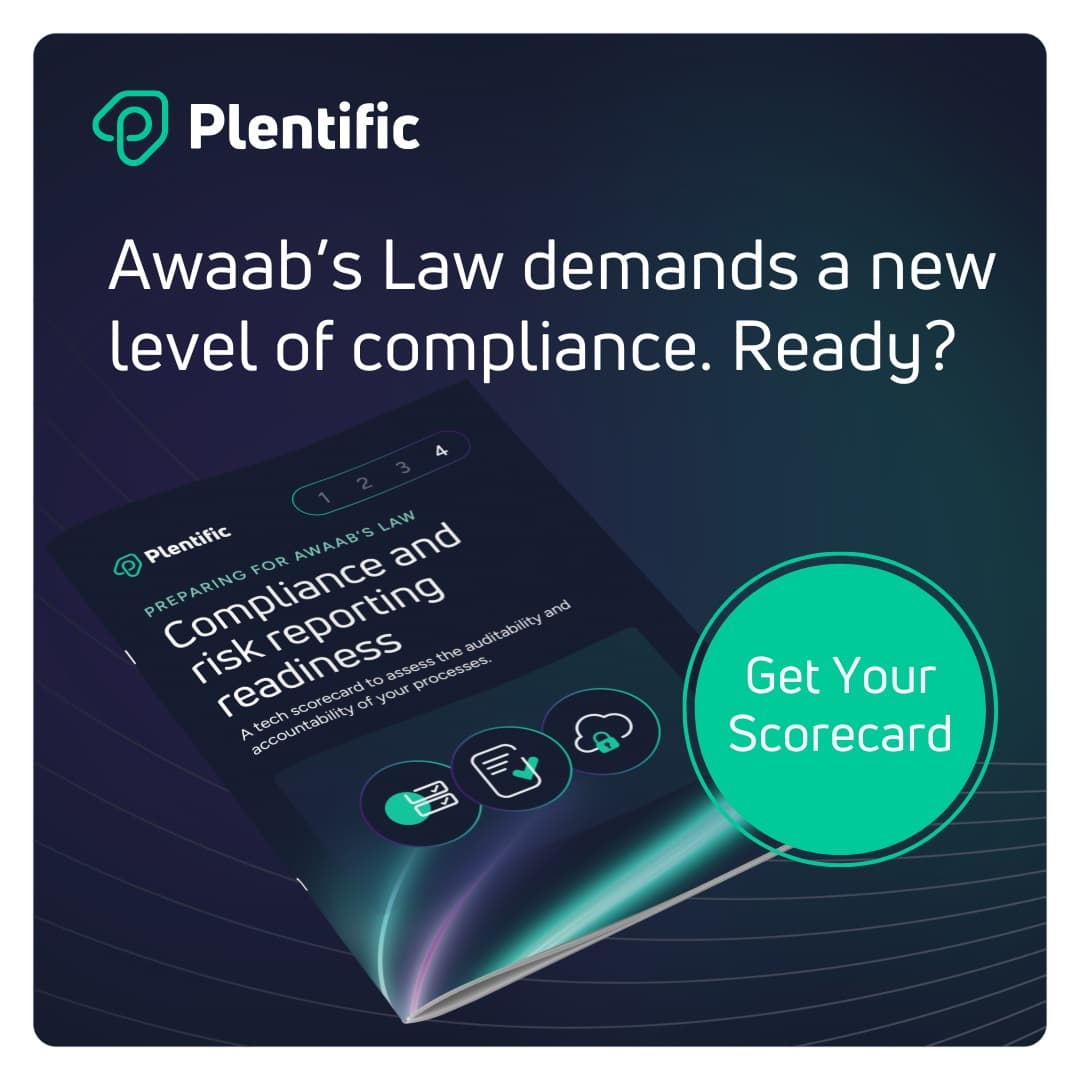Under Awaab’s Law, landlords' remediation steps will come under significant scrutiny, ensuring that every letter of the law is being upheld as intended. With mandated response and repair timelines for significant and emergency damp and mould hazards coming into effect, housing providers must be able to prove when, how, and why each action was taken. That means compliance and risk reporting readiness is about more than spreadsheets. It is about building a digital audit trail robust enough to withstand regulatory review, media attention, and in some cases, legal challenge.
The Shift from Tracking to Proving
Historically, reporting systems have focused on performance tracking: how long repairs took, how many were completed, what budget was used. However, the provisions and requirements of Awaab’s Law will bring about a shift from outcome-focused KPIs to decision-path accountability. Now, the focus is not just on how long it took, but how the landlord made decisions when the hazard was first identified. This is particularly critical in cases involving vulnerable residents or repeated complaints. Housing Ombudsman reports show that inadequate record keeping, missed inspection logs, and poor follow-up are consistent features in the most serious maladministration cases.
What Awaab’s Law Requires from Risk Reporting
Show when hazards were reported, triaged, inspected, and resolved
Demonstrate how risks were assessed and prioritised
Provide a timeline of all actions taken, including failed appointments and rescheduling
Evidence resident communications, including when updates were sent and acknowledged
Produce audit logs that are complete, timestamped, and accessible across teams
What Good Looks Like: Tech-Enabled, Real-Time Insight
Modern risk reporting is not a retrospective exercise but rather a live operational function that is best supported with the right technology. Plentific’s modern property operations platform, providers can:
Automatically log all activity with date/time stamps and user ID, maintaining a continuous audit trail
Centralise all inspection, repair, and compliance records in one system
Track SLA performance in real time across all jobs, with exportable dashboards
Categorise hazards by severity and context, enabling risk-based prioritisation
Link all documents directly to each inspection or work order for instant reference
Detect recurring issues through filters by team, trade, category, or priority
Integrate compliance data and remedial work orders back into the CRM to support centralised complaints handling
Monitor real-time repair progress and risk exposure across entire portfolios
From Oversight to Assurance
Awaab’s Law is reshaping what is expected from the sector. It’s not enough to fix the problem - providers must prove they understood the risk, acted within the legal timeframes, and have the evidence at hand for every step for the repair process. Such a level of accountability demands more than process and training - it demands infrastructure. From inspection logs to resident communications, digital reporting isn’t optional. It’s the difference between operational exposure and organisational assurance.
Download the Compliance & Risk Reporting Readiness Scorecard to assess your current capabilities and build the reporting tools Awaab’s Law requires.


